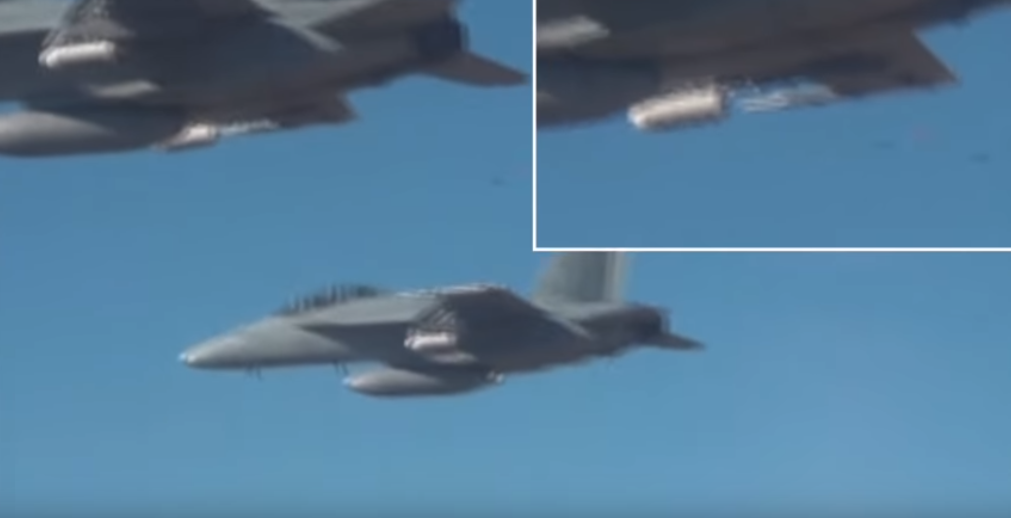

The asteroid's unexpectedly soft surface nearly swallowed up the spacecraft, the touchdown generating what OSIRIS-REx principal investigator Dante Lauretta described as "a huge wall of debris" that could easily have destroyed the spacecraft. The team behind NASA's OSIRIS-REx mission, which touched down on the near-Earth asteroid Bennu in October 2020, experienced firsthand the pitfalls of these unknowns. In particular, scientists don't understand the density of the material the rocks are made of and can only guess how the surface might behave upon impact.

An asteroid the size of Dimorphos could cause a continent-wide destruction while the impact of one the size of the larger Didymos could be felt worldwide.īut there's a catch: Although astronomers know in great detail orbits of most of the 26,115 currently known near-Earth asteroids (2,000 of which are classified as "potentially hazardous" due to their size and closest approach to Earth), they know surprisingly little about these rocks. Understanding the effects of DART's impact on Dimorphos in depth is crucial as a similar system might one day be needed to deflect a rock on a collision course with Earth. LICIACube will then send the images to Earth, but Mazzotta Epifani warned it might take weeks to get down all the data. "The image acquisition by the two cameras onboard will be almost continuous for around 10 minutes and will be devoted to the target impact and non-impact sides, as well as to the plume produced by the DART impact." "LICIACube will … perform a 'fast fly-by' around 3 minutes after DART impact at a minimum distance of about 55 km from Dimorphos' surface at its closest approach," Mazzotta Epifani wrote. And so, right after DART smashes into Dimorphos, LICIACube will move closer to inspect the scene.


They will do that by measuring the intervals between the periods of brief dimming that take place when the two asteroids eclipse each other.īut although such observations might be enough to confirm that the experiment worked, they would not provide any detail of the effects of DART's impact on the asteroid. Although Earth-based astronomers will not be able to see the impact, they will closely observe the system in the following weeks to determine whether the 12-hour orbit of the 560-foot-wide (170 meters) Dimorphos around the 2,600 foot-wide (800 m) Didymos will have sped up as expected. "The cubesat will point its cameras toward the asteroid system, but also to DART, and will probably take some pictures of it."Īt the time of the impact, Dimorphos and Didymos will be about 6.8 million miles (11 million km) from Earth, according to NASA (opens in new tab). "LICIACube will be released from the dispenser on one of DART's external panels, and will be guided (braking and rotating) to start its autonomous journey toward Dimorphos," Elena Mazzotta Epifani, an astronomer at Italy's National Institute for Astrophysics (INAF) and a co-investigator on the LICIACube mission, told in an email. The impact is a first-of-its kind experiment designed to alter the orbit of a space rock in a crucial test of a planetary defense concept that may one day save the lives of millions of people on Earth. EDT (2314 GMT) to give LICIACube 15 days to assume a safe position to observe DART's collision with Dimorphos. DART deployed the cubesat on Sunday (Sept. LICIACube, or the Light Italian Cubesat for Imaging of Asteroids, is a 31-pound (14 kilograms) micro-satellite that has hitched a ride on DART (the Double Asteroid Redirection Test) to the Didymos-Dimorphos binary asteroid system.


 0 kommentar(er)
0 kommentar(er)
